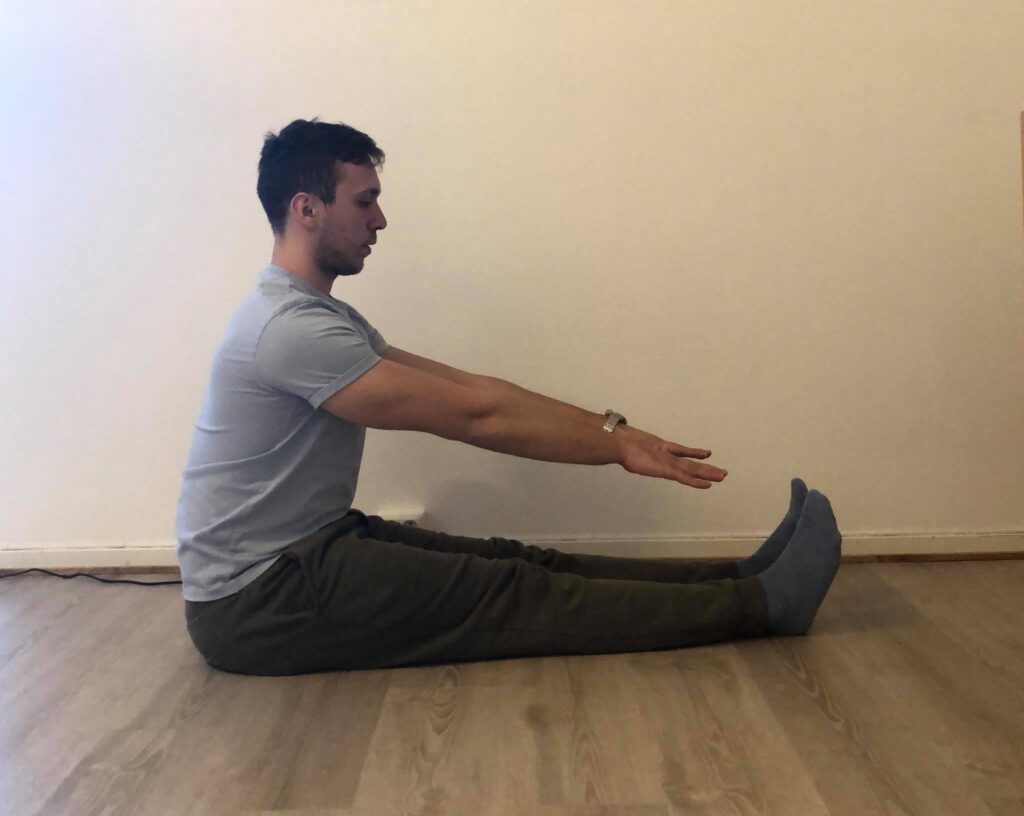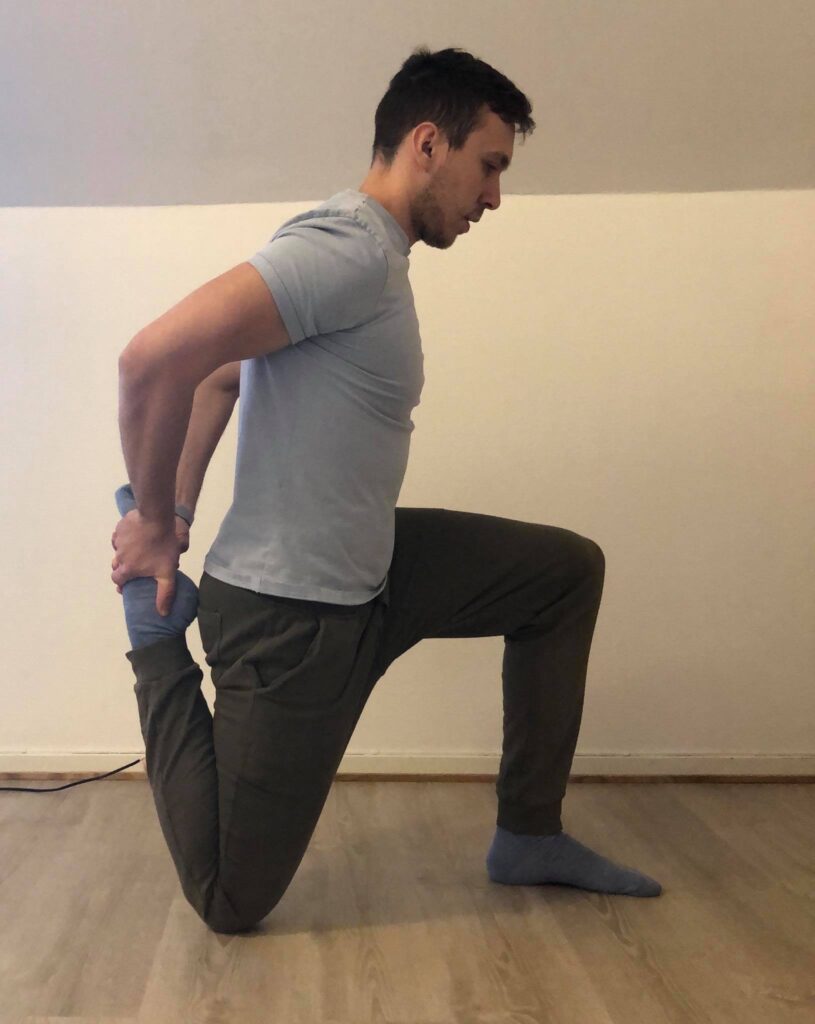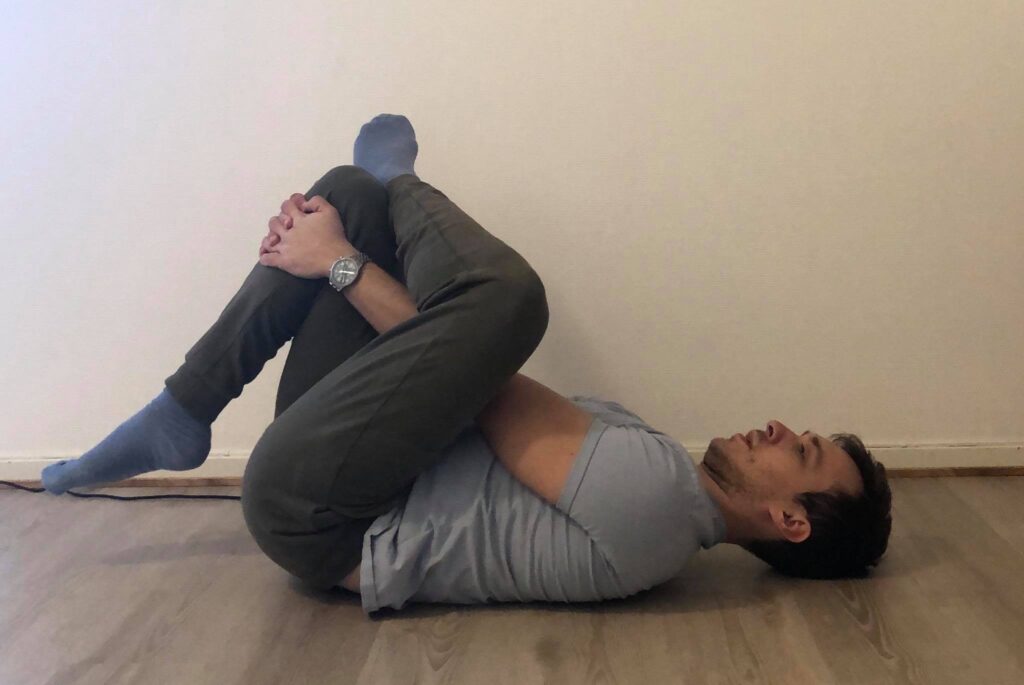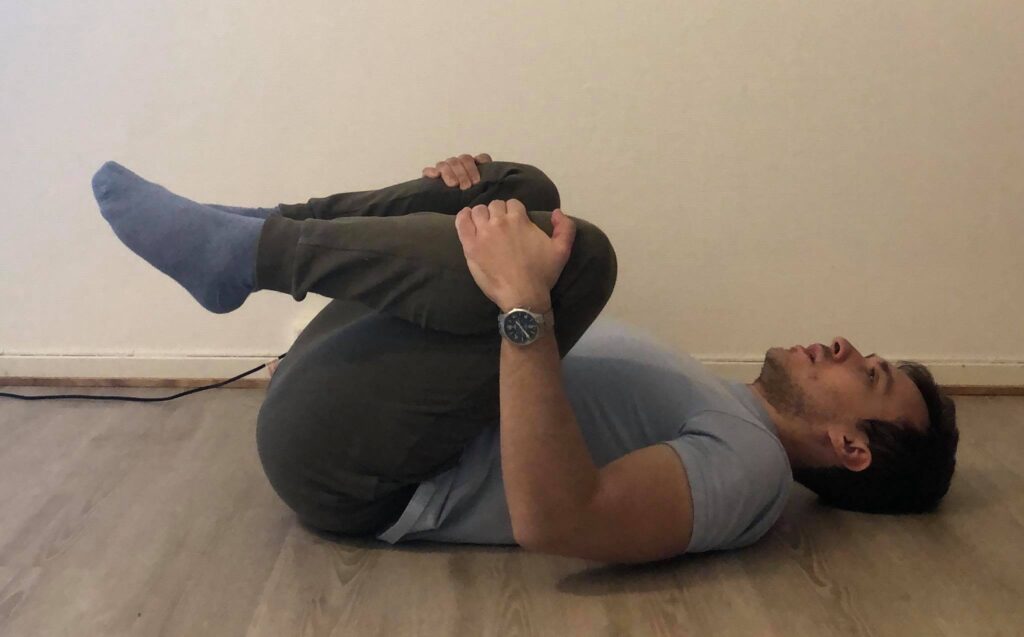What is Static Stretching? 5 Examples
What is Static Stretching?
I remember starting with training in a gym as a sixteen-year-old boy and trying to do some stretching exercises at the end of the training session. Afterward, I came across static stretching blog posts about how everyone should stretch muscles after training to avoid muscle shortening or pain.
After physical therapy studies and few years of work experience, I want to share with you my point of view regarding static stretching.
A static stretch is the simplest form of stretching. The static stretching definition is: Stretching a joint to near its most further point and holding the position for a while, without any movement. The main difference from dynamic stretching is that there is no movement involved (after reaching the maximum range amplitude). People neglect static stretching, mostly because they are unaware of all the benefits and consequences it brings.
Benefits of Static Stretching
- Reduce the risk of injury – With the increased range of motion, you will reduce the chances of injuries like muscle strain.
- Faster recovery – Increasing the blood flow and absorption of lactic acid will boost muscle recovery. That means you will recover faster and be able to train more.
- Reduce muscle soreness – Delayed muscle soreness occurs around 72 hours after strength training. With stretching exercises, you reduce the chances of DMS.
- Improve posture – Tight muscles negatively impact our posture. They cause changes in the way we sit, stand or move. Loosen muscles with few simple stretching exercises and hold an exceptional posture.
- Feel better – Stretching is uncomfortable, but it’s a different story afterward. Energy boost and tension relief are often results of daily static stretching.
- Improve performance – More flexible muscles will perform better, whether you are a runner or a weightlifter, it will impact sports performance.
- Decrease stress – Stretching is a great way to free your mind from stressful thoughts. It’s a well-known fact that muscles react to stress with pain and tension, and stretching will reverse the process.
- Improve balance – Simply speaking, stretching creates ‘body awareness’ which means that you will be better at balance exercises, such as one-leg stand.
- Combat tension headache – One way to combat tension headache is to loosen up the muscles in the upper neck region. Stretching is a way to achieve muscle relief, but I will always recommend consulting your doctor when dealing with a headache.
Most hidden stretching facts and how to start your stretching routine: Here is an ultimate guide on stretching and flexibility training.
The Downside of Static Stretching
- Decrease performance in some cases – Overdoing stretching cause decreased sports performance, according to the research. Specifically, stretching over the 60s will result in a low-performance decrease.
- Forced stretching – It’s individual, but it’s usually nowadays. Trying to increase the range of motion at any cost, some people trigger even more tightness and muscle stiffness.
- Stretching the cold muscles – This is something you should avoid. If you force cold muscle stretching, you can injure the muscles themselves.
Guide to Static Stretching
A static stretch routine should be fun, productive, and easy to implement. To have the best results, you should keep in mind several things:
- Focus on large muscle groups
- Stretching up to 60s
- Best to perform after the workout
- Stretch daily
- Focus on breathing
Stretching should be a little uncomfortable, but having pain after exercising is a bad sign. Because of that, it’s better not to push the joints and muscles to their limits. Instead, create a routine that provides you with all the mentioned benefits above. Start slowly and perform every single exercise correctly, with deep breathing and without compensating the movement.
If you have difficulties with starting with your training, you can read more about how to start training again here.
When Should You do Static Stretching?
Finding out when exactly you should do static stretching is not a simple task because of a lot of misinformation, but I will try to be precise:
- After strength training
- After aerobic activity such as running, swimming or riding a bike
- After driving for more than one hour
- After sitting in one place for one hour
- After consultation with a physical therapist – the goal is to improve range of motion and/or reduce pain
- During the training for posture improving
When Should You Avoid to do Static Stretching?
In some cases, it is better not to do static stretching exercises. I will try to explain in more detail.
- Arthritis – With swollen and painful joints, stretching is unnecessary and can only make it worse for joint health.
- Unknown source of pain – If you haven’t visited your doctor/physical therapist, I highly suggest doing so before doing any kind of stretching.
- First thing on training – Starting your training with static stretching is not so good as you may think, even though your primary goal is to improve flexibility. Instead, spend some time jogging to increase body temperature and prepare muscles for stretching.
Static VS Dynamic Stretching
Dynamic stretching is stretching with the movement involved. It is the opposite definition of static stretching. You should apply dynamic stretching as a warm-up activity, especially if the activity involves fast and end-range movements. Apply gentle movements and you will prepare muscles and joints for training.
On the other hand, static stretching is a perfect way to cool down from your training. Holding one position is much easier than moving around because it doesn’t require coordination and so much energy.
Static Stretching Examples
Seated hamstring stretch – Sit down with extended legs. Try to reach the toes with hands while holding the knees on the ground and straight back.

Kneeling Quadriceps stretch – Grab one foot with arms and pull until you feel the tension in the front of the thigh. Lean forward to increase the stretch.

Lying Gluteal stretch – Cross the legs, grab the leg and pull the knee to the chest. In this case, the tension is on the left gluteal muscle.

Lying groin and low back stretch – Lay down on back. Pull the knees towards the body and then spread legs.

Mid-back stretching – Sit with extended legs. Then bend the knee and place it on the other side. Push the right knee with arm and rotate the body to the right (while keeping the chest open).

Why Do Most People Avoid Static Stretching?
In most cases, people are bored with this type of stretching. It takes time to stretch, especially after the long strength training at the gym. The other reason is that we won’t feel any negative impact now if we skip stretching. But after a while, it’s a different story. Our body adapts to everything we do, as much as to everything we don’t do. If you want to improve your body health, it’s wise to implement the stretch routine today.
More Information About Stretching
- 10 Best Stretching Equipment for Home Use
- All types of stretching – 10 Stretching techniques that you can use to improve flexibility. Static stretching is just a small part of the stretching world. Click above if you want to explore the stretching world.
- 13 Ways to increase range of motion – Different ways to improve flexibility. You may be familiar with all of them, but I think the list is helpful for most people.
- How Often Should You Stretch To Increase Flexibility.
